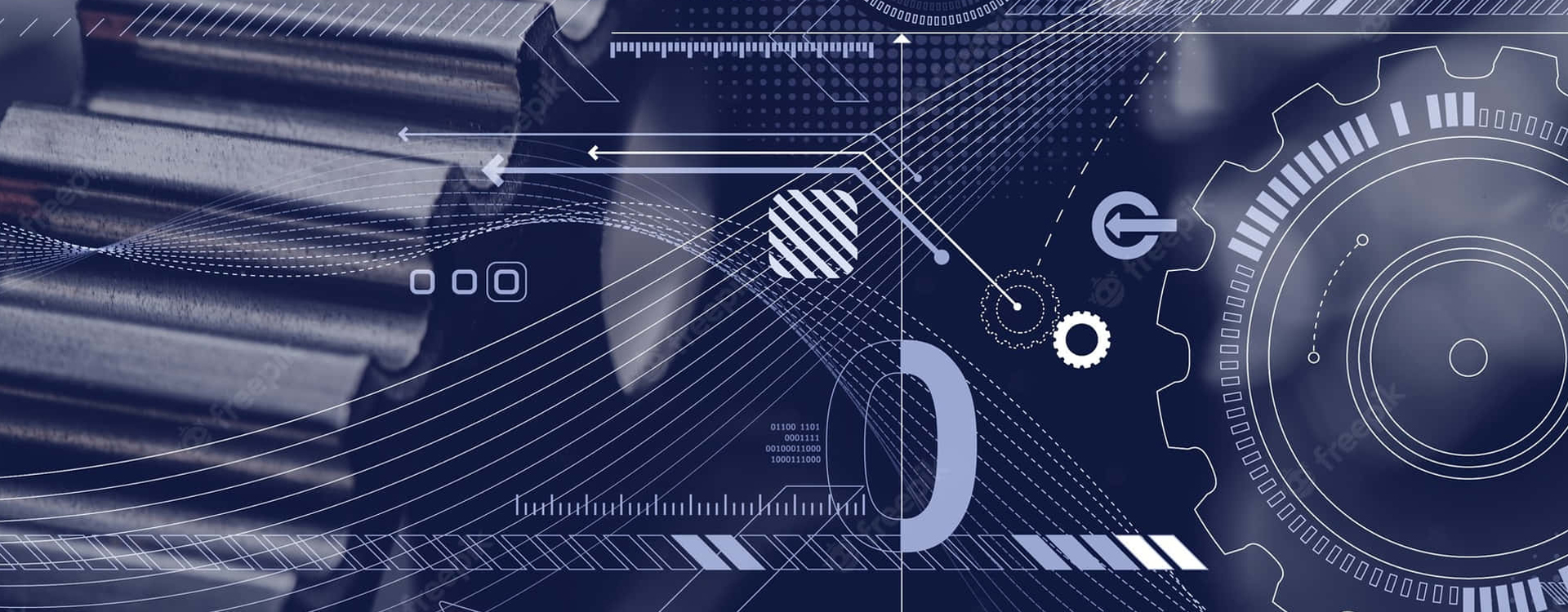Seminar Details
The present work is mainly concerned with the thermal response of cylindrical-shaped laser-irradiated living tissue embedded with optical inhomogeneity. The phenomena of light propagation through the cylindrical-shaped living tissue have been mathematically modeled using the transient radiative transfer equation. This equation has been solved using the modified discrete ordinate method to obtain the intensity field. The laser energy absorbed by the living tissue behaves like a source term in the bio-heat transfer equation. In the present study, the non-Fourier model-based bio-heat transfer equation has been numerically solved using the finite volume method to determine the temperature distribution. The two different types of optical inhomogeneity are considered in the current study. A comparative analysis of results between the traditional Fourier and non-Fourier models has been performed. Although the non-Fourier heat conduction model-based bio-heat transfer equation has been widely utilized to determine the temperature distribution, it is essential to carry out the second law analysis to investigate any unphysical behavior. In this context, the equilibrium entropy production rates have been calculated based on the hypothesis of classical irreversible thermodynamics, which may violate the second law of thermodynamics. So, the entropy production rate based on classical irreversible thermodynamics is modified using the extended irreversible thermodynamics hypothesis in the present study. A comparative analysis of the entropy production rate corresponding to the Fourier and non-Fourier models was performed. The inverse heat transfer problem solution has been obtained using the Levenberg&ndashMarquardt algorithm. The influence of sensor position on the sensitivity of the inverse heat transfer problem solution has been discussed. The work reported in the present thesis holds its importance in understanding the non-Fourier heat transfer behavior of living tissue during laser-based photo-thermal therapy, which may help to improve its efficacy.



